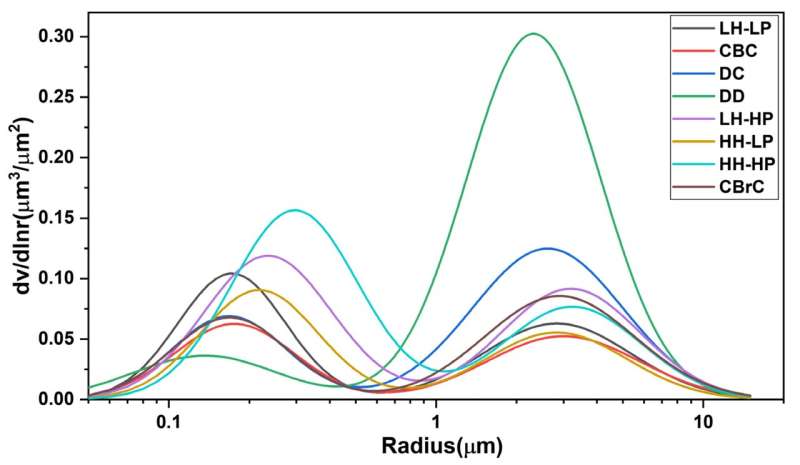This article has been reviewed according to Science X's editorial process and policies. Editors have highlighted the following attributes while ensuring the content's credibility:
fact-checked
trusted source
proofread
Novel algorithm proposed for inversion of aerosol optical depth

A research team led by Prof. Sun Xiaobing from the Anhui Institute of Optics and Fine Mechanics, Hefei Institutes of Physical Science (HFIPS), Chinese Academy of Sciences (CAS), has proposed an optimal inversion algorithm based on combined utilization of multi-band intensity and polarization information. This algorithm can meet the requirements of single-angle and multi-band polarization aerosol detection.
The study was published in Remote Sensing.
Aerosol optical depth (AOD) is used to characterize the extinction effect of aerosol on solar radiation, which plays an important role in remote sensing atmospheric correction and fine particulate pollution assessment.
The proposed algorithm does not need prior information of the ground. It uses polarization information of short-wave infrared band to separate ground and atmospheric information, and then uses scalar information to obtain the final result.
"By decoupling the surface and atmosphere, our method can avoid inversion error and spatio-temporal matching error caused by the late updating of the surface reflectance database," said Prof. Sun.
The researchers used the observation data of a high-precision polarization scanner (POSP) onboard the hyperspectral observation satellite (GF-5B) to verify the algorithm.
"Compared with AOD products of aerosol robotic network stations in different regions, the algorithm can retrieve AOD over different surfaces," said Prof. Sun. "Another advantage is that the effectiveness of the algorithm under different pollution conditions is verified with Moderate-Resolution Imaging Spectroradiomete (MODIS) AOD products."
More information: Yizhe Fan et al, Aerosol Retrieval Study from a Particulate Observing Scanning Polarimeter Onboard Gao-Fen 5B without Prior Surface Knowledge, Based on the Optimal Estimation Method, Remote Sensing (2023). DOI: 10.3390/rs15020385
Provided by Chinese Academy of Sciences




















